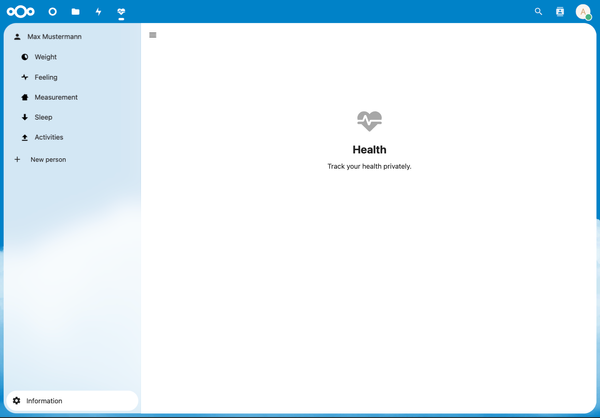How Infrastructure Provisioning Helps Your Company Reach New Heights
Some individuals have never heard of infrastructure provisioning. More company owners and CEOs have become familiar with it in recent years, though. It’s a concept that can help a lot of companies.
If you don’t know about infrastructure provisioning, we will discuss it in the following article. You must also think about choosing between manual and automated provisioning since some companies will opt for one and some for the other.
Precisely What Does Infrastructure Provisioning Entail?
If someone talks to you about infrastructure provisioning, they’re talking about an IT concept. It’s a wide-ranging term that means creating and setting up your IT infrastructure to be the most accessible to anyone who cares to use it.
Provisioning typically involves a meticulous step-by-step process. It won’t look the same for every company because each business entity’s needs will look dramatically different. However, you can expect certain universalities with this setup process that someone in IT will certainly recognize.
What Else Does It Involve?
To explain further, let’s imagine you’ve founded a company, and you need an IT department and staff to handle a lot of your tech-related tasks. Since most business entities need IT these days, this scenario happens all the time.
At a minimum, your IT needs might involve setting up and running your website, and probably a lot more than that, depending on what exactly your company does.
In this situation, you will want the IT staff to handle your infrastructure provisioning. They will likely start by setting up the system so that users can access it via the means you select. Your IT department might also put robust security measures in place to protect your data and network.
You might request that they set up multi-factor authentication so that no one unauthorized can steal your company’s confidential information. The provisioning will continue with the slow expansion of laying out your system in the way you have determined will benefit your company the most.
What Comes Next?
Next, your IT staff will deploy your company’s servers. You will need a physical place to keep them. You might require a lot of room or a little, depending on how many servers you need. Next, the IT staff will probably deploy all the apps you’re going to use, whether proprietary or existing ones you’re utilizing that another entity made.
After that, they might set up the different network components. They may set up edge devices, storage, and more. At this stage, additional provisioning will likely depend on what the company does and what other tech it needs.
How Does All This Help Your Company?
There’s a key you must remember about infrastructure provisioning. If you set it up exactly the way you want it, it benefits your company because you have laid out all of your resources in such a way that each of your workers can access them easily and quickly. If you take over an existing IT infrastructure, that seldom works so smoothly.
That’s because of the customization that goes into every one of these processes. Once you understand how infrastructure provisioning works, you can also comprehend how vital IT department support and supervision becomes.
When you onboard someone new to the company, they can learn everything about the technology you use by following the layout the IT department implemented. In other words, there is a blueprint the IT department creates in the form of infrastructure provisioning that makes all of your company’s resources accessible and readily available.
That is usually the case, even if you’re onboarding somebody who’s not the most tech-savvy. You can probably still get them used to how you do things relatively easily since they can grasp the methodology behind all of your available resources. Those likely include apps, your cloud-based management system, if you use one, and all of your other online tools that help your business get through its days.
What if You Don’t Use Infrastructure Provisioning?
If you do not use infrastructure provisioning to set up your IT resources, you might get along without it if you have a very simple company structure and relatively few digital needs. For instance, a company that has a very simple website but doesn’t use any of the other technology we’ve mentioned should do fine.
Since so many businesses need the tools we’ve described, though, you can see why most companies need infrastructure provisioning. It’s vital that you find skilled IT workers who can do it for you.



![13 Free PoS (Point of Sale) Systems for Retails, Cafes, and Restaurants [2024 Edition]](/content/images/size/w600/2024/10/pos--1--1.png)



